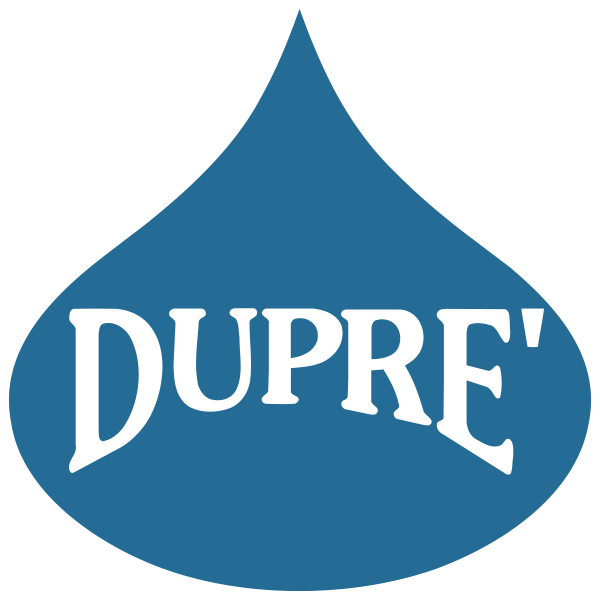Chances are, 2020 is going to be a particularly expensive year for the trucking industry.
This may come as a bit of a surprise since the industry is experiencing some of its fastest growth in 20 years. A markedly strong economy is driving a rapid increase in demand but, as carriers work alongside 3PL’s to offset a shortage of qualified drivers, an even larger issue is threatening to reverse growth and impact profitability.
Due to unprecedented changes in the commercial insurance markets, carriers are going into the new decade facing rising rates with less coverage–many carriers can expect to be dropped by their providers altogether. The expectation is that these mid, double-digit increases will be too large to be absorbed in most carrier’s operating margins forcing them to be passed down the supply chain and ultimately to the consumer.
Higher Cost, Less Coverage
The importance and necessity of proper coverage is widely accepted throughout the industry, but many carriers are struggling to secure affordable, comprehensive coverage across entire fleets amid mounting losses for insurance providers.
While there are numerous factors that contribute to coverage and cost, there are two primary issues affecting insurance for the trucking industry today: the increased risk and associated cost of accidents/incidents today, and a lack of providers willing to offer coverage as a result.
The Nuclear Verdict
Though the exact definition is a bit fluid, the term ‘nuclear verdict’ has been in use for decades.
There’s no accepted monetary threshold for a nuclear verdict, but it typically refers to an award rendered by juries that far exceeds an expected valuation.
In the last few years, plaintiff attorneys have capitalized on jurors’ distrust of corporate America to increase the likelihood of larger monetary payouts by associating the word “award” with “punishment”. By shifting the attention of jurors away from degree of fault and onto the economic success of companies, jurors are scaling awards based on the size of organizations as opposed to the extent of injury.
To make matters worse, the number of nuclear verdicts has steadily increased across the country, meaning insurance carriers have been shouldering a growing financial burden. As insurance carriers continue to show losses in an industry plagued by crippling monetary payouts, they are being forced to re-evaluate their models of coverage.
Not only are these “nuclear verdicts” catastrophic to insurance providers and carriers alike, they are creating an equally catastrophic market for smaller settlements.
Nuclear Deterrence
The on-going threat of nuclear verdicts is creating an unprecedented amount of smaller, out-of-court settlements.
Frivolous lawsuits, in which the drivers are not at fault, have become commonplace in the trucking industry. Typically, these suits are in amounts of less than $50,000, substantially less than the cost for a carrier and insurance provider to prove their innocence in court. Regardless of fault, it is cheaper for carriers to settle these types of suits than it would be to have them tried.
Unfortunately, these “frivolous” suits have become so commonplace, the collective threat they present is equally as large as the Nuclear Verdicts themselves. Depending on a carrier’s level of coverage, the cost to settle these types of claims result in higher premiums, lower operating margin or both. While many states are considering Tort Reform to address these issues, the expectation is that any serious regulatory reform will be years in the making.
What Does This Mean For 2020
In the new decade, as trucking companies begin to review options for renewal, they can expect substantial changes to the coverage and rates they have known in the past.
First, carriers can expect higher deductibles. In an effort to minimize the impact of frivolous, $50,000 settlements, carriers can expect insurance providers to raise deductibles to levels that exceed the most common settlement levels. Many experts estimate that future deductibles will approach $100,000 or more for most carriers, pushing the burden of smaller settlements directly on the carrier.
Second, carriers can expect lower total liability coverage. As nuclear verdicts become more common, insurance providers are working to reduce their liability exposure by reducing policy limits, which today average $5 million. This reduction will help mitigate the monetary burden on insurance providers, while dissuading plaintiff attorneys from pursuing larger verdicts exceeding policy limits.
Unfortunately, both of these scenarios result in increased costs for carriers, these costs will largely be passed onto the consumer.
What Does This Mean For My Business
To start, in most cases, the increased cost to carriers described above will be passed along in the form of rate increases to those utilizing their services. Even the best carriers will be impacted by the blanketed approach of insurance providers struggling to offset an entire decade of losses.
It is expected that some carriers will absorb these increased costs in an attempt to remain market competitive. While this may be a short term solution, there is no expectation that this rising trend in insurance rates will reverse itself in the foreseeable future making this approach un-sustainable. Over time carriers that use this approach will struggle with rising costs and reduced operating margin, both of which will impact not only their quality of service but their viability as well.
Alternatively, carriers that place a premium on the advancement of safety technology and operational protocol will be rewarded in the coming years as insurance providers look to personalize coverage based on a carrier’s safety performance. While this comes at a cost, carriers that pursue this approach can expect reduced exposure, level cost of insurance coverage and improved service. Longer term, consumers of logistics services can expect lower total cost from these types of providers.
It Pays To Play It Safe
Now, more than ever, is the time for safety to become the top priority for both service providers and customers. Companies that secure and maintain full ELD compliance and stringent HOS recording will be rewarded with lower costs to maintain insurance coverage. These savings will then be passed onto consumers and allow for competitive pricing relative to service providers without full ELD compliance.
To put it plainly, the companies that are more committed to keeping up with evolving safety standards are going to be cheaper to contract and provide more reliable service than the companies that let safety fall by the wayside.

